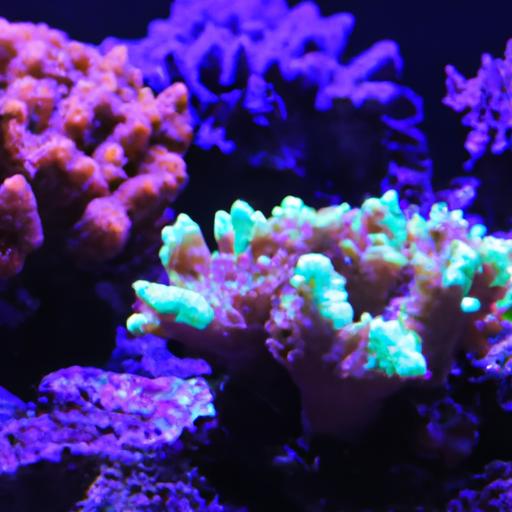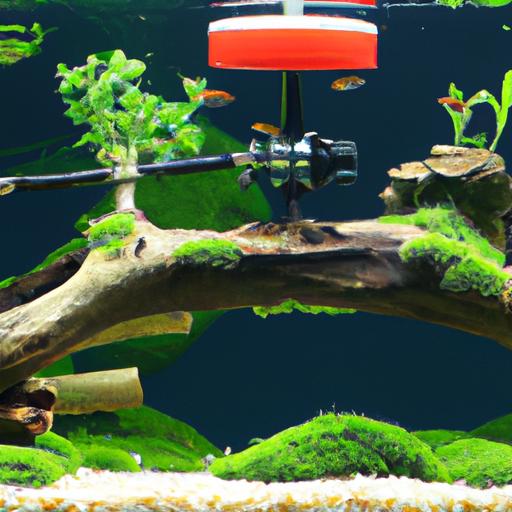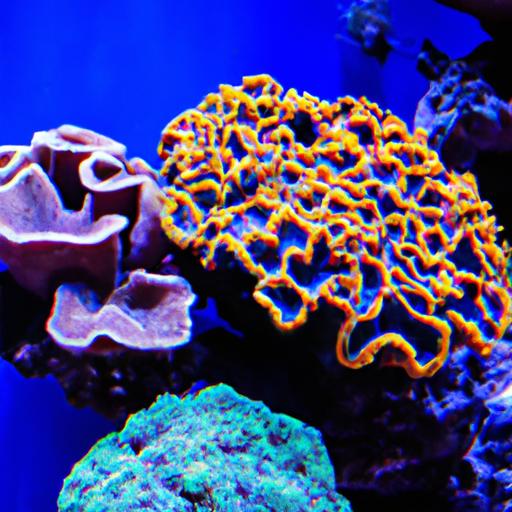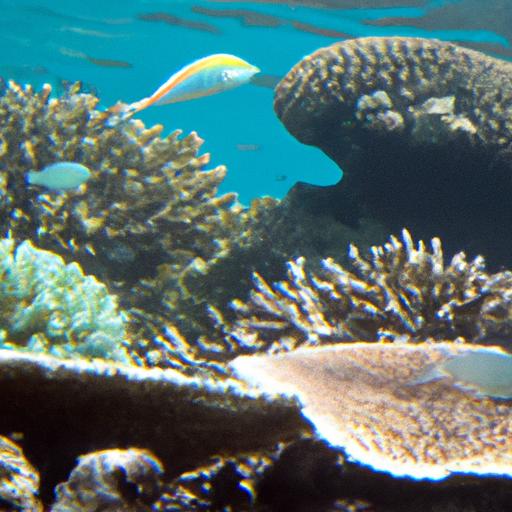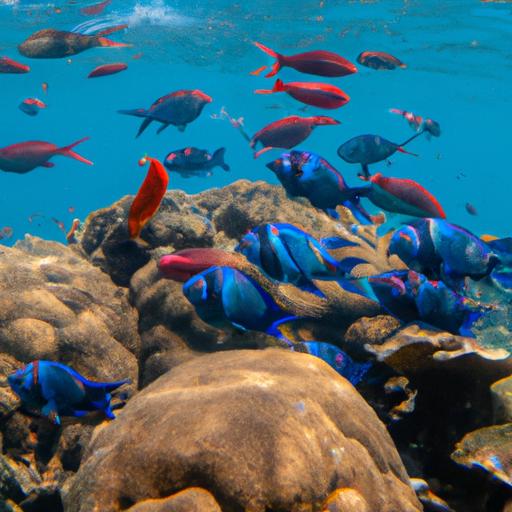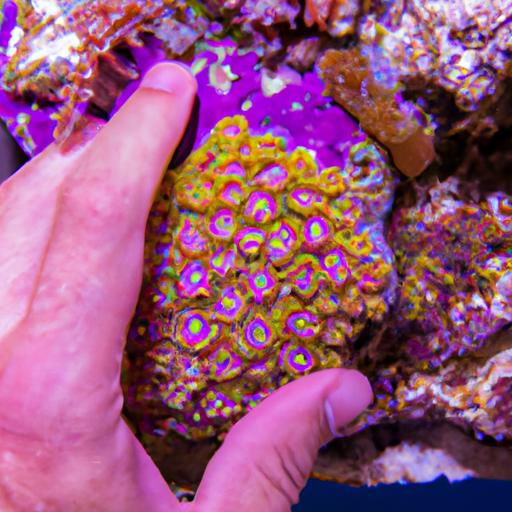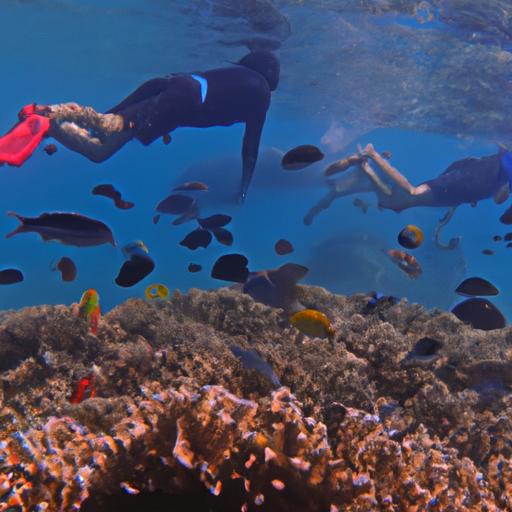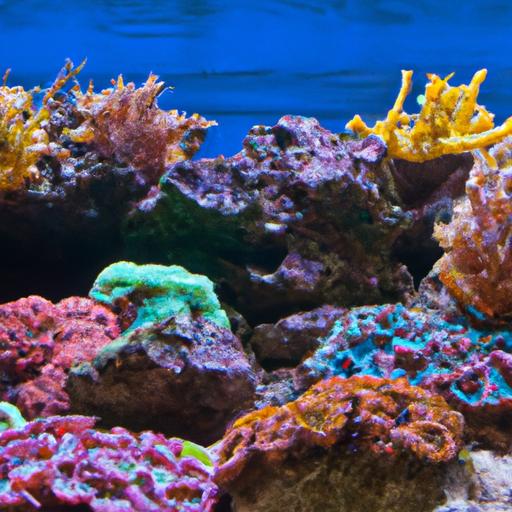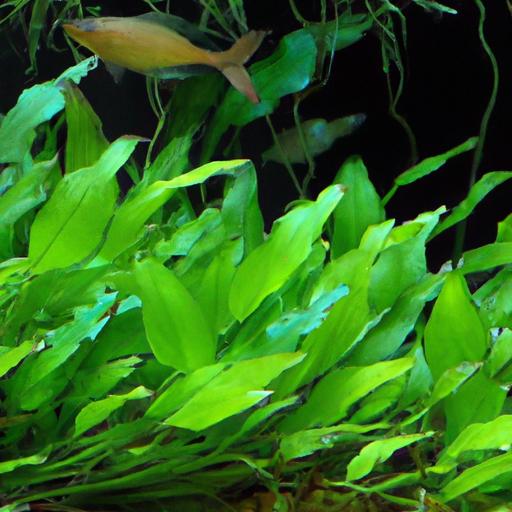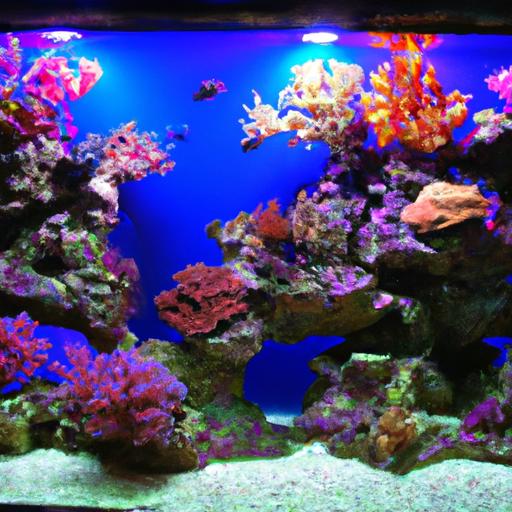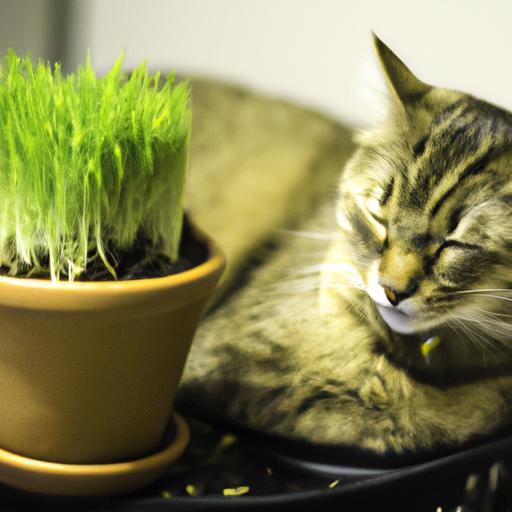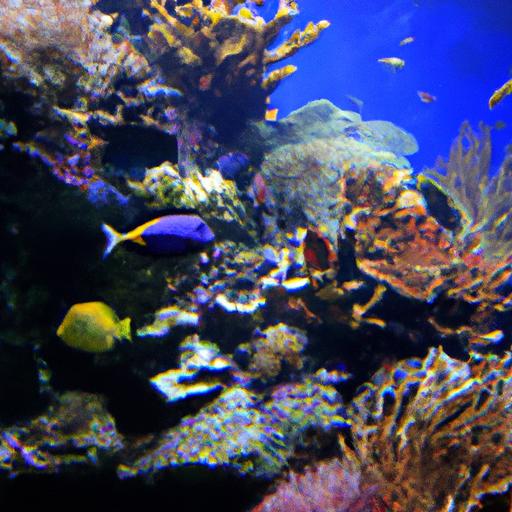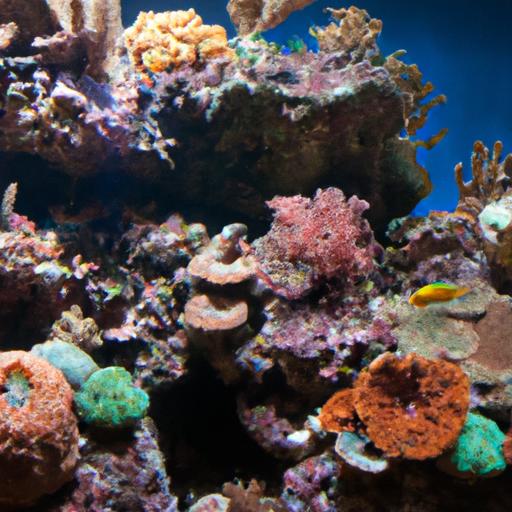
Best Practices for Coral Fragging: Propagation Techniques
Learn the best practices for coral fragging and propagation techniques. Discover how to handle equipment, choose fragments, and ensure a clean environment.
Introduction
Coral fragging, or the process of fragmenting corals for propagation, is a crucial technique in the world of reefkeeping. By utilizing best practices, we can ensure the successful growth and propagation of corals, contributing to the health and diversity of our reef ecosystems. In this article, we will explore the techniques and considerations that make up the best practices for coral fragging.

Best Practices for Coral Fragging: Propagation Techniques
When it comes to coral fragging, following proper techniques is essential for the well-being of both the parent coral and the newly fragged fragments. Let’s delve into the key best practices to ensure successful coral propagation:
1. Proper handling and preparation of equipment
Before diving into the fragging process, it is crucial to ensure that all equipment is clean and in good working condition. Sterilize tools such as fragging kits, bone cutters, or scalpels to minimize the risk of introducing harmful bacteria or pathogens to the corals. This step will enhance the chances of successful fragging and minimize stress on the corals.
2. Choosing the right time and location for fragging
Timing plays a vital role in coral fragging. Optimal conditions, such as stable water parameters and a healthy parent colony, are crucial for successful propagation. Fragging during periods of stress or when corals are not actively growing should be avoided. Additionally, selecting a suitable location with proper lighting and water flow for the newly fragged corals is important to promote their growth and survival.
3. Understanding coral anatomy and identifying suitable fragments
A solid understanding of coral anatomy is essential before attempting to frag corals. Different coral species have varying growth patterns and preferences. Identifying healthy, strong, and suitable fragments is crucial to enhance their chances of survival and growth. Take into consideration factors such as polyp extension, tissue color, and overall coral health to identify the best fragments for propagation.
4. Techniques for fragging different types of corals
Fragging techniques vary depending on the type of coral being propagated. Stony corals require careful cutting, ensuring that the fragments have enough live tissue for survival. Soft corals, on the other hand, can often be propagated using methods such as breaking or tearing. Understanding the specific techniques for each coral type is vital for successful fragging and propagation.
5. Ensuring a clean and sterile environment during fragging
Maintaining a clean and sterile environment during the fragging process is crucial to prevent infections and diseases. Rinse all fragging equipment with freshwater and, if necessary, use coral-safe disinfectants. Additionally, ensure that both the parent colony and the fragments are free from any pests or parasites that could harm their growth.
6. Proper placement and care of newly fragged corals
After fragging, providing the newly fragged corals with the ideal conditions is essential for their successful growth. Place the fragments in an appropriate location within the aquarium, considering factors such as lighting, water flow, and compatibility with neighboring corals. Regular monitoring of water parameters and providing proper care, including regular feeding and maintenance, will support the healthy development of the newly fragged corals.
FAQ (Frequently Asked Questions)
Q: What are the benefits of fragging corals?
Fragging corals allows for the propagation of healthy corals, contributing to the expansion and diversity of reef ecosystems. It also provides an opportunity to share and exchange corals with other reef enthusiasts.
Q: Is fragging harmful to corals?
When done correctly and following best practices, fragging is not harmful to corals. In fact, it can promote their growth and enhance their resilience.
Q: How often should corals be fragged?
The frequency of fragging depends on the growth rate and size of the corals. Fragging should only be done when necessary, and consideration should be given to the overall health and well-being of the parent colony.
Q: Can any type of coral be fragged?
Most types of corals can be fragged, but it is essential to research and understand the specific requirements and techniques for each coral species.
Q: What are some common mistakes to avoid during coral fragging?
Some common mistakes to avoid include fragging during periods of stress, using dirty or contaminated equipment, fragging without proper knowledge of coral anatomy, and neglecting proper care and placement of the newly fragged corals.
Q: Are there any risks or potential complications involved?
While fragging corals can be a safe process when following best practices, there is always a risk of introducing infections or damaging the parent colony if mistakes are made. It is crucial to be cautious, patient, and knowledgeable when fragging corals.
Conclusion
Adhering to the best practices for coral fragging is crucial for successful propagation and the overall health of our reef ecosystems. By following proper techniques, handling equipment with care, understanding coral anatomy, and ensuring a clean environment, we can contribute to the growth and diversification of corals in our aquariums. Remember to provide the new frags with suitable conditions and regular care to ensure their healthy development. Let’s embrace these best practices and continue to make a positive impact on the world of coral fragging and the preservation of our delicate reef ecosystems.
